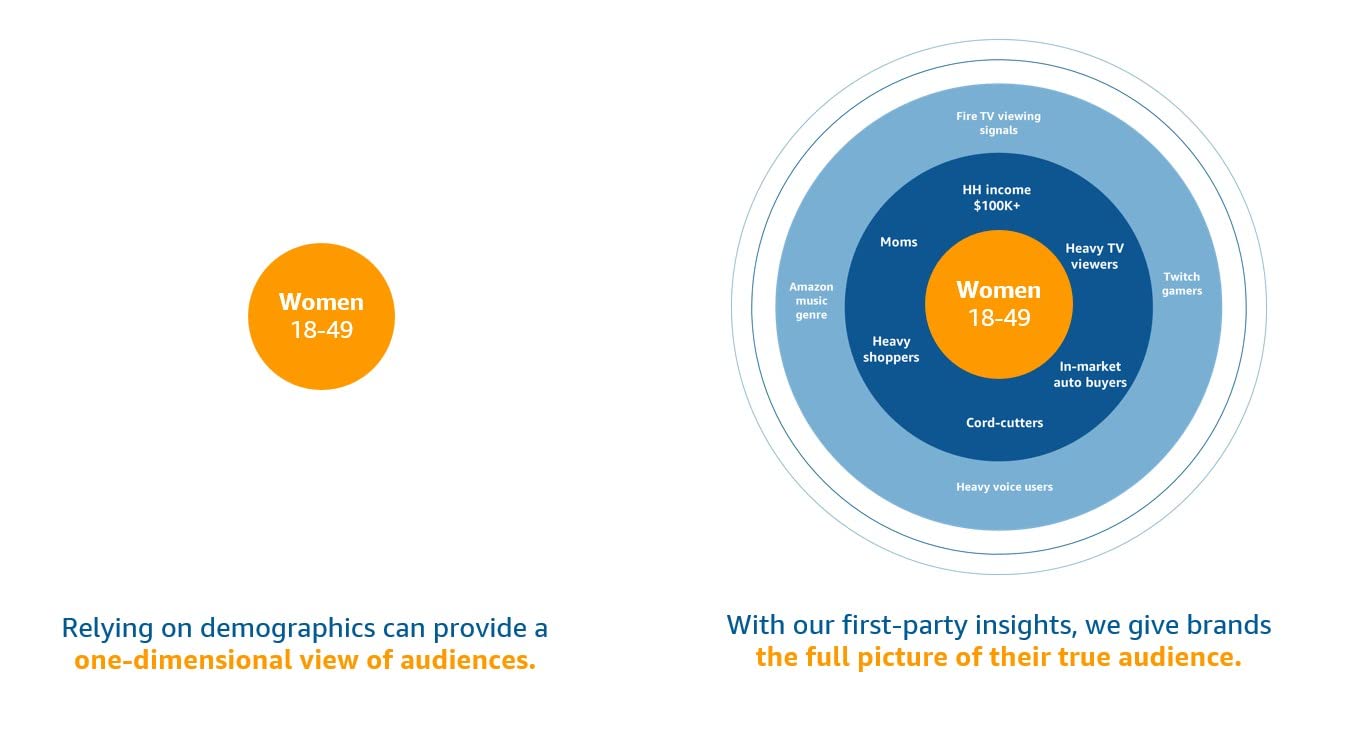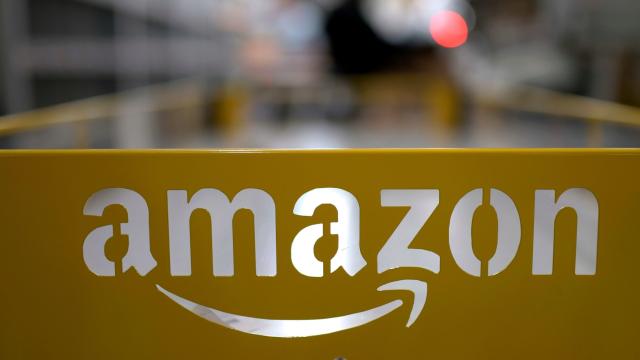In case you needed yet another reason to shop anywhere but Amazon this holiday season, here’s a good one: The company dropped a whitepaper earlier this week boasting about the stockpile of personal data it collects from every person browsing through its platform.
Specifically, the paper was written to lure advertisers in the streaming video space (also known as “OTT” in marketing speak) away from their current data provider and onto Amazon’s own burgeoning platform. Per the paper, stream-watchers targeted with Amazon’s exclusive shopper data for a particular name-brand product were far more likely to click through to the Amazon page for that particular brand when compared to watchers that were targeted using basic demographics like age or gender.
Of course, it’s worth taking the results of this paper with a grain of salt here, because it’s an Amazon-authored study about an Amazon-owned platform that was written in an attempt to draw even more ad revenue than the billions of dollars that the company has already earned from advertisers this year. But the way the company describes the data it collects from its seemingly endless supply of visitors is…really something:
Customers rely on Amazon to browse new products, watch movies, keep up with their shows, listen to podcasts and music, and read their favourite books. These daily interactions translate to billions of first-party metrics that can help advertisers better understand the audiences that are interacting with their brand across the customer journey, both on and off Amazon.
There’s some more marketing-centric jargon in there, but in a nutshell: Amazon is saying that every time you browse through a product page, watch a video, or read anything on any of the company’s platforms, you’re generating billions of data points that can be tied back to your person.
And because you’re the person who’s generating that data, rather than that data being collected by some kind of cookie or unseen tracking tech, it’s “first-party” data, not “third-party.” That’s important to note here because, in case you haven’t heard, just about every major browser is issuing a unilateral crackdown on these third-party data collectors. Without those cookies to fall back on, major advertisers are scrambling to find any first-party data source they can — and that includes Amazon.

Based on the behavioural data you might generate from all that browsing, watching, and reading, Amazon can lump you into a particular category. If you’re thrifty, Amazon might determine you’re a “deal seeker.” If you’re someone who tends to research a product throughly before hitting the buy button, or someone who shops more impulsively, Amazon also apparently monitors that.
Amazon’s track record implies that it has no intention of leaving the tracking and targeting biz anytime soon. If you want to opt out for yourself, you can monitor your Amazon ads preferences here.
